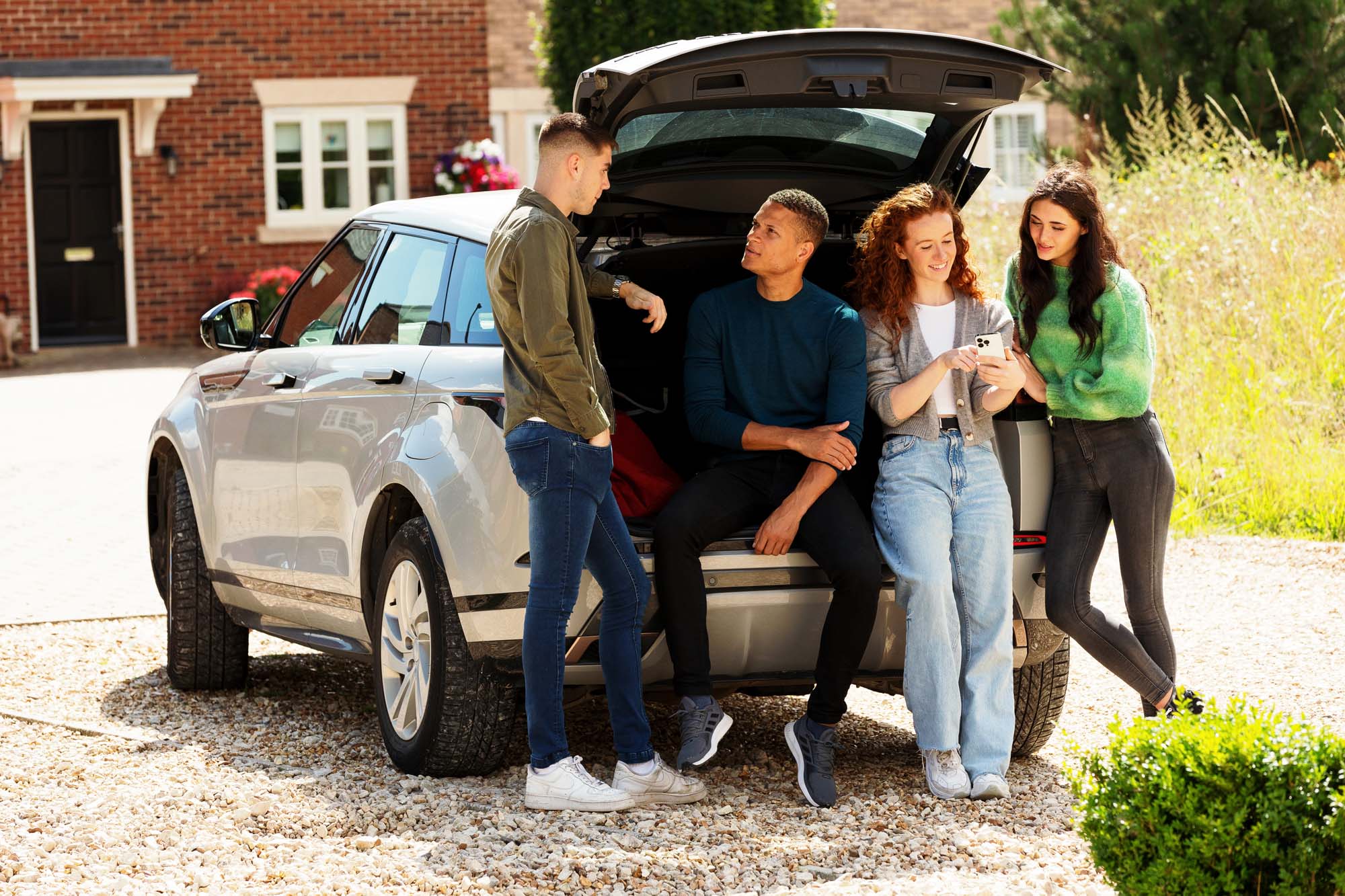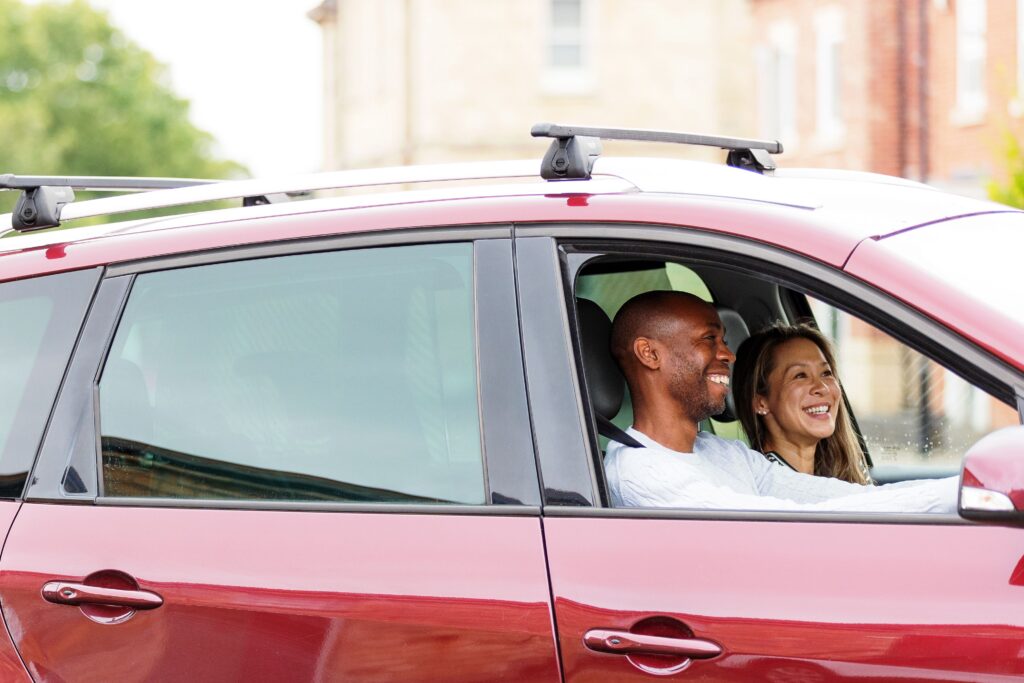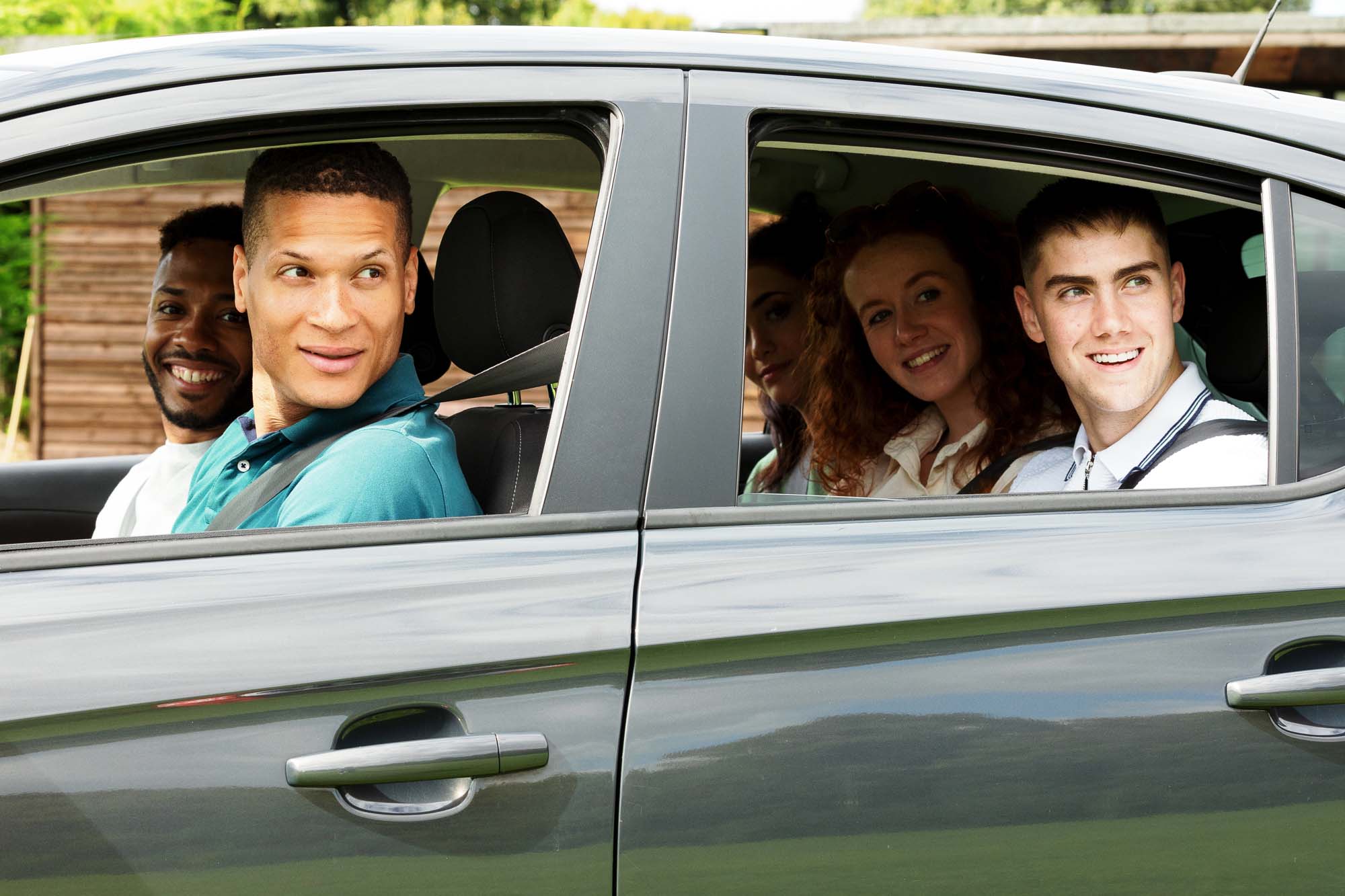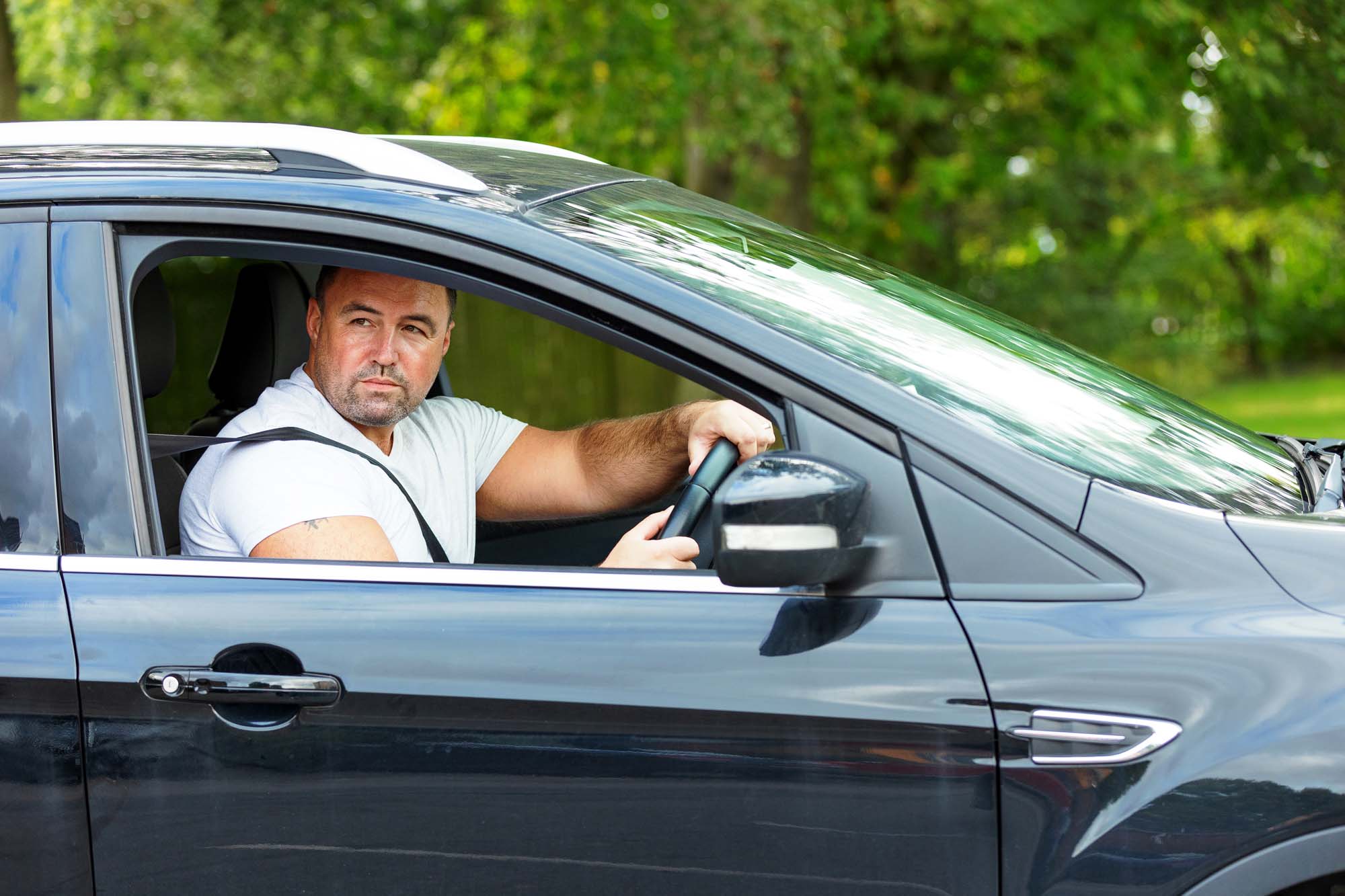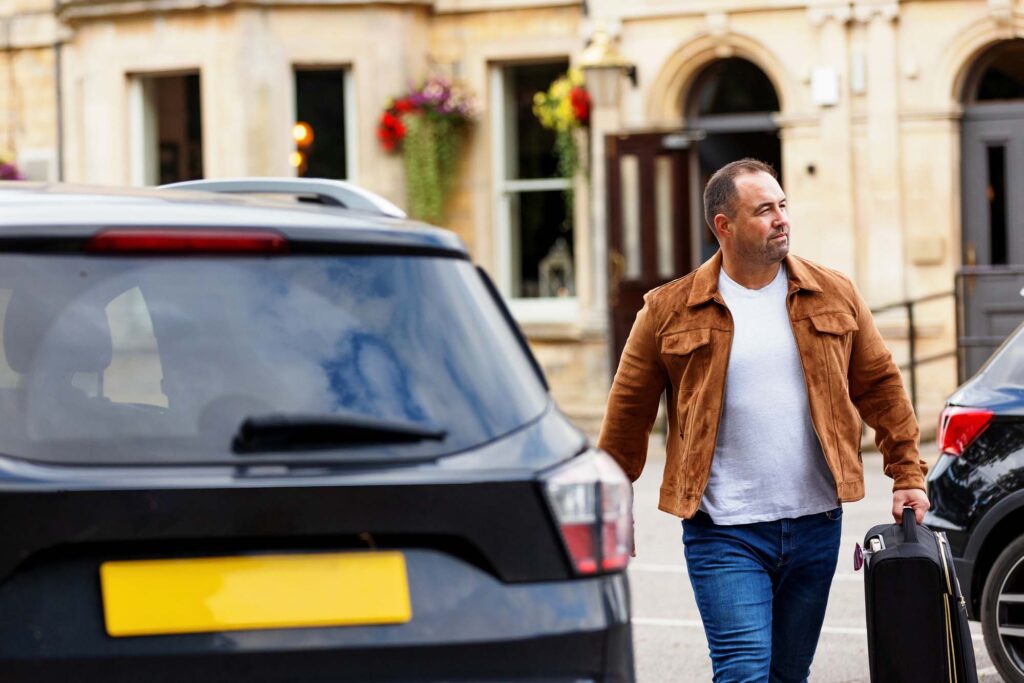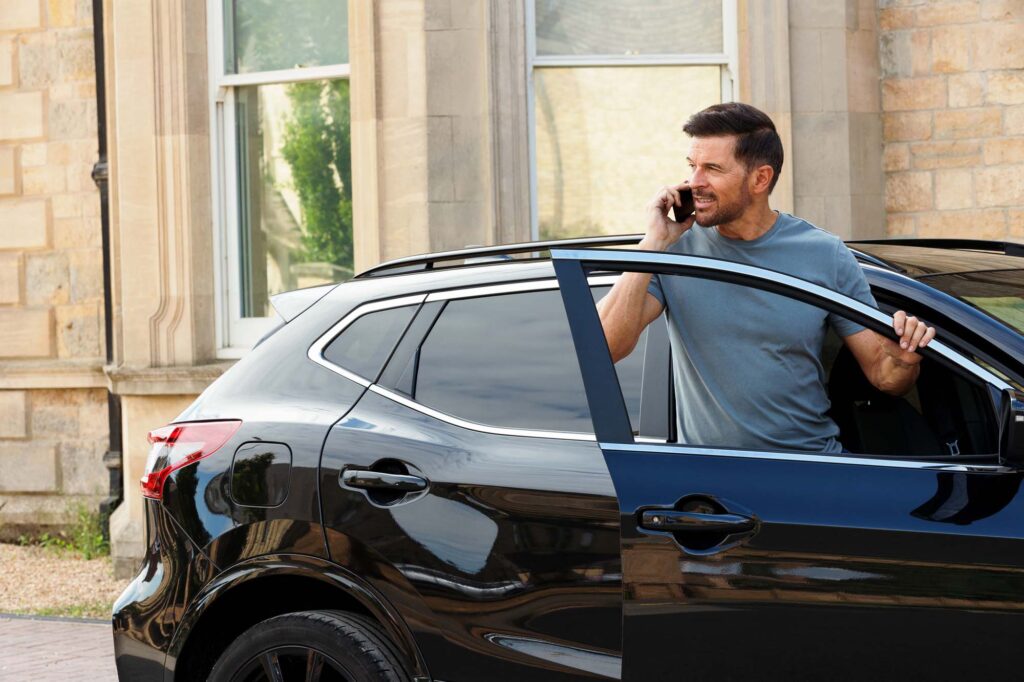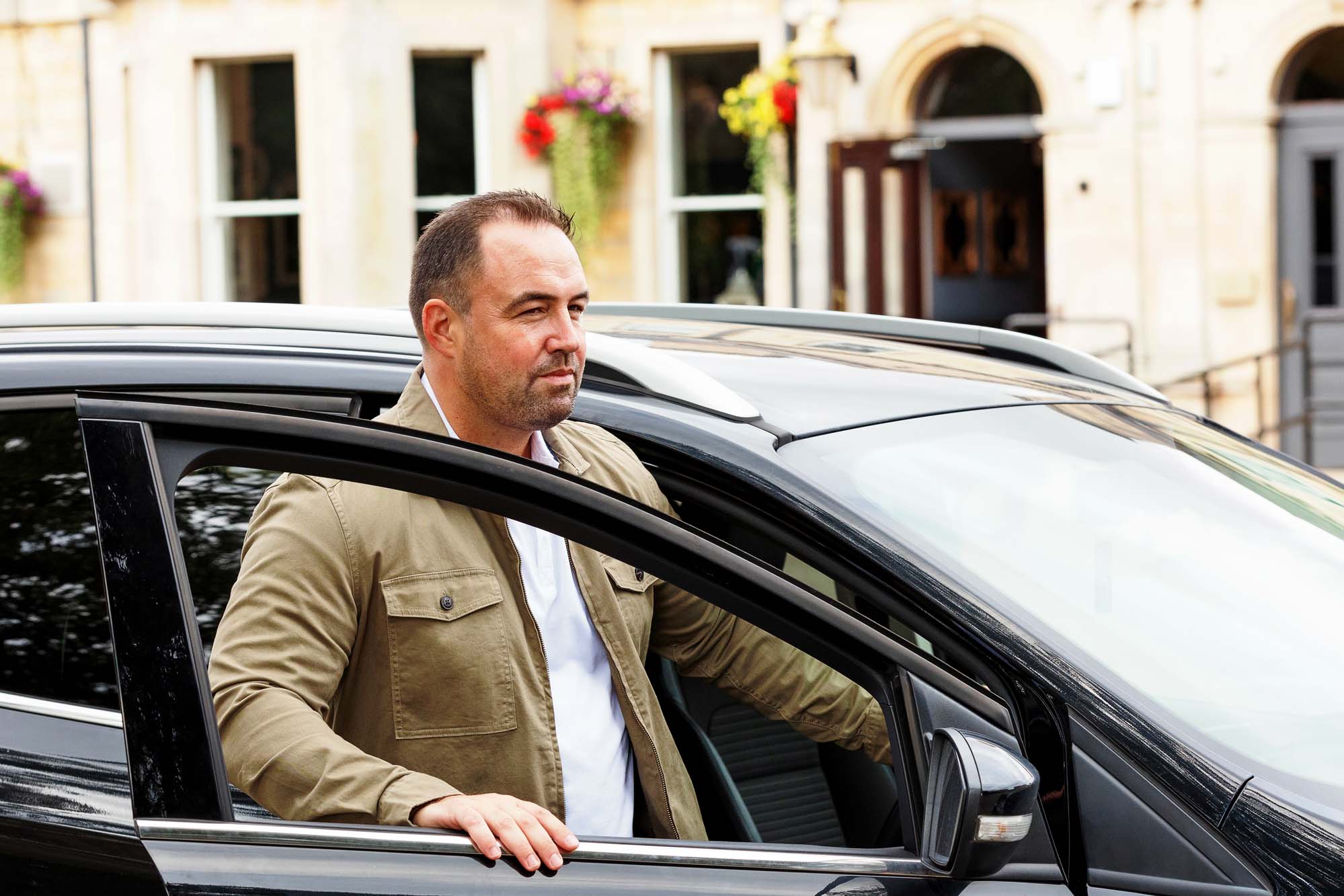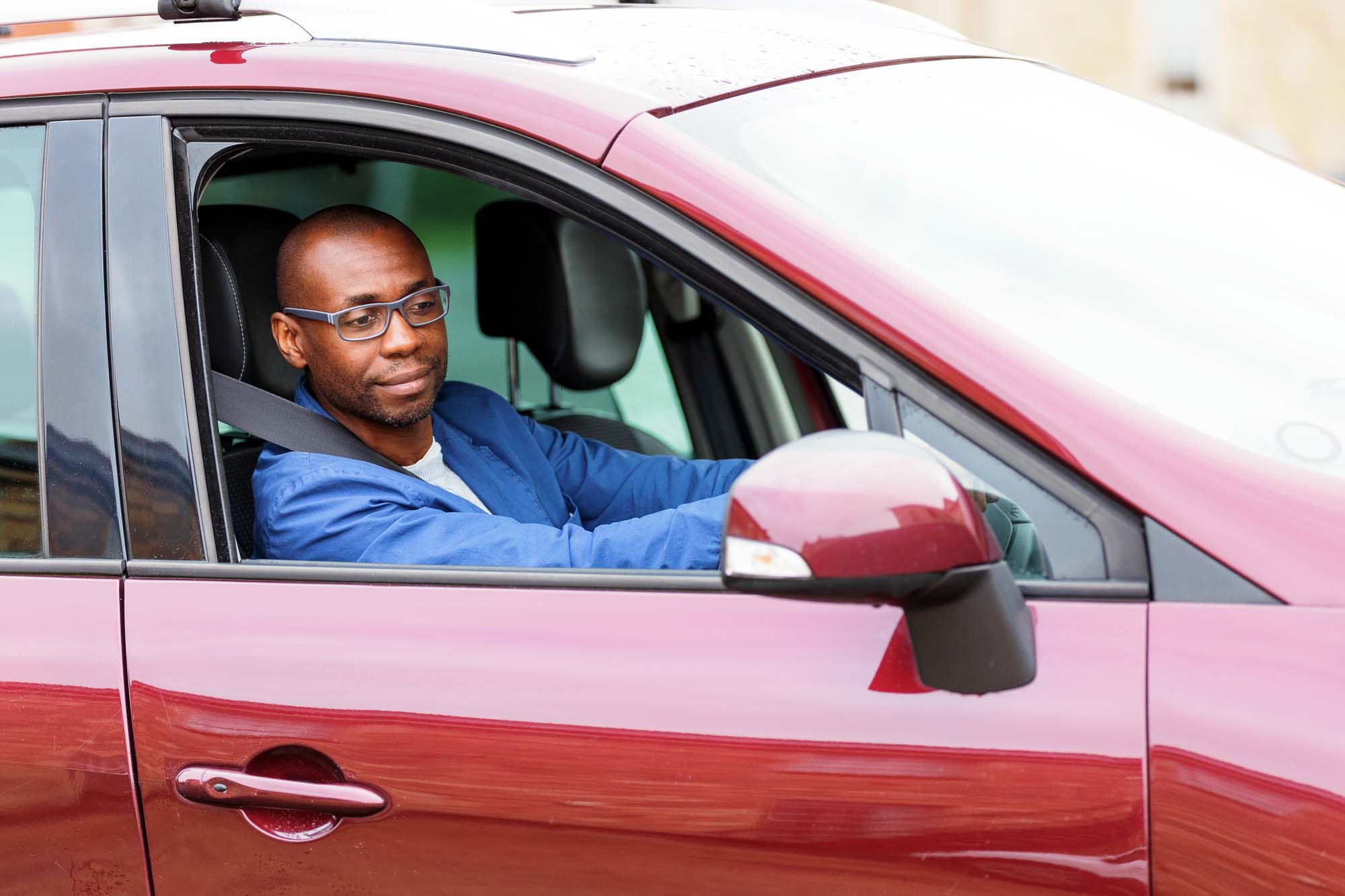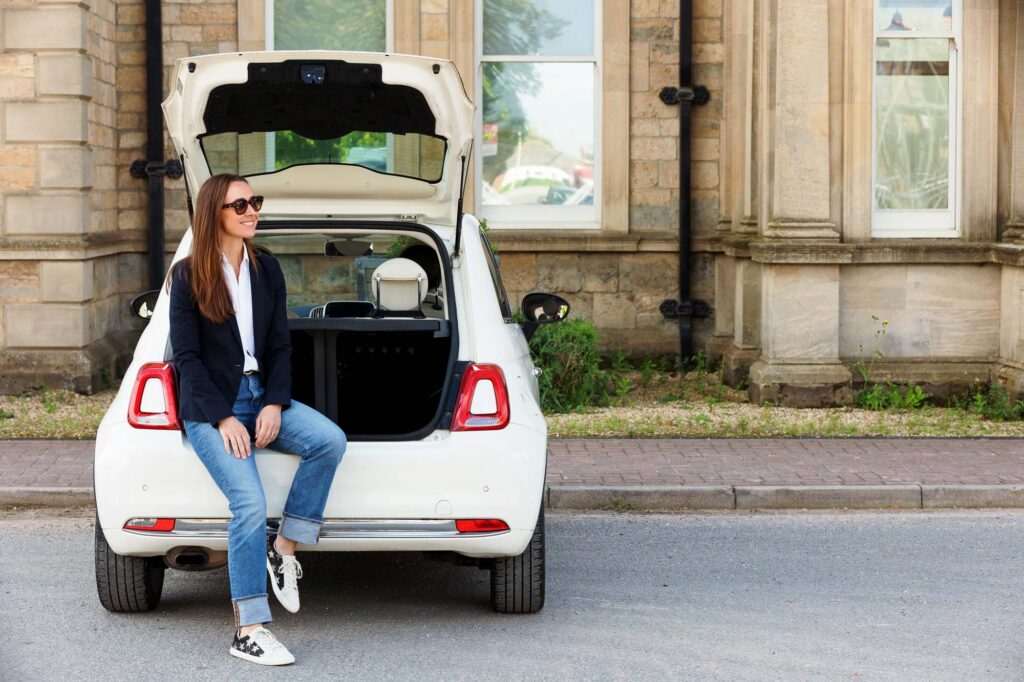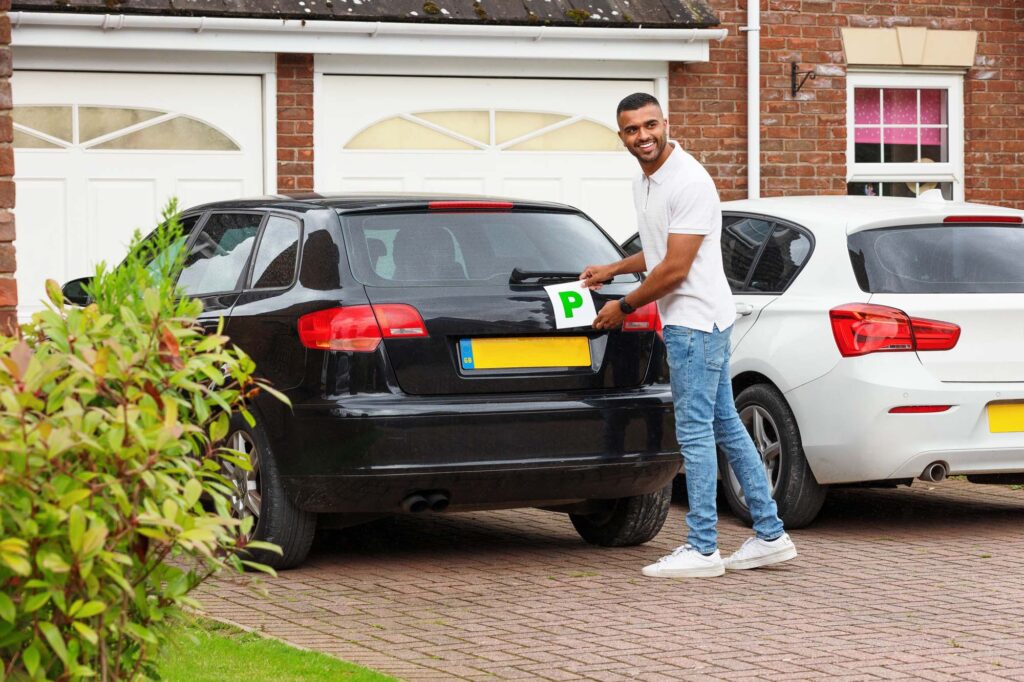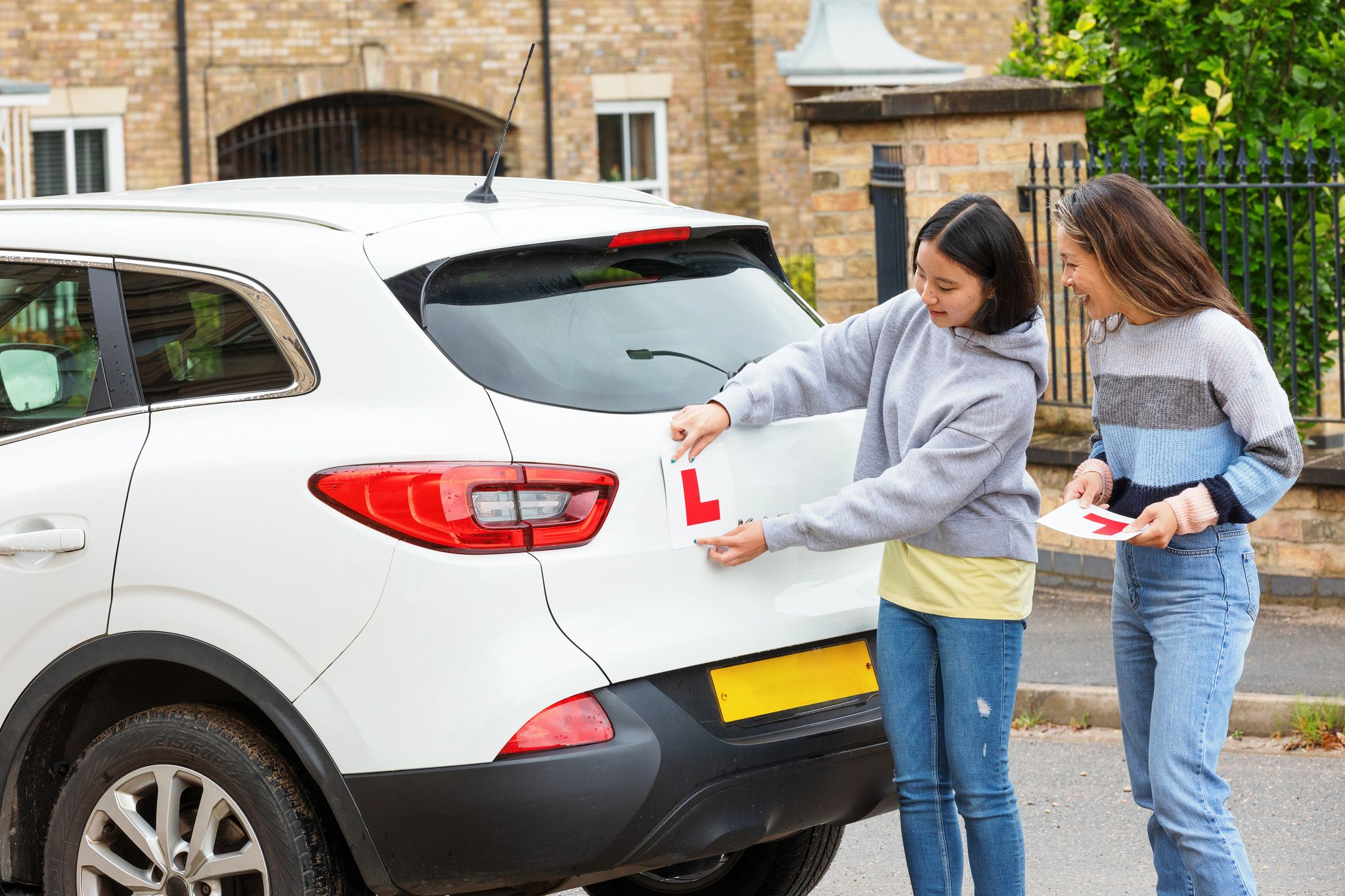Essential Car Maintenance Guide
Leave a CommentLike work and basic hygiene, car maintenance is just something you have to do. Keeping on top of it can save you time, money, and stress, not to mention avoiding breakdowns and hefty repair bills.
Whether you’re looking for a car maintenance checklist, car checks before a long journey, or wondering what routine maintenance is required for a car, we’ve got you covered. And with our temporary car insurance options, if your car ever does breakdown, you can easily borrow someone else’s whilst yours gets fixed back up.
Car Maintenance Checklist
Stay on top of these basic car checks to keep your vehicle in top shape. Ignoring them could lead to costly repairs, or even a fine…
Battery
Your car battery powers everything from the engine to the electronics, so keeping it in good health is crucial. Battery failure is one of the most common reasons for breakdowns, but with a few simple checks, you can avoid getting caught out.
- If you don’t drive regularly, take your car for at least a 15-minute drive each week to keep the battery charged.
- In cold weather, batteries work harder to power lights, heaters, and wipers, so older batteries may struggle.
- Always switch off lights, radio, and other electricals before leaving the car, forgetting can drain the battery overnight.
- Unplug anything you don’t need whilst the car isn’t running, like a dash cam or charging cables, to stop any unnecessary power usage.
- Check battery terminals are clean and secure. If they’re corroded, you can clean them with hot water.
- Consider using a trickle charger to maintain battery health, especially in winter.
- Don’t ignore battery warnings, and keep in mind if your battery is over five years old, it may be time for a replacement, get yours checked out to avoid a breakdown.
If your car is slow to start or struggles to turn over, get your battery checked at a garage. Keeping jump leads in your boot is always a good idea too, just in case.

Tyres
Your tyres are integral to your driving safety, so keeping them in good condition is non-negotiable.
- Check tyre pressure every two weeks, underinflated tyres reduce fuel efficiency and affect handling.
- Look for cuts, bulges, or punctures, which could lead to a dangerous blowout.
- The legal minimum tread depth is 1.6mm, but for better grip in winter, aim for at least 3mm – you need to check your tyre depth is correct to ensure traction and grip are safe.
- If you’re carrying a heavy load, adjust your tyre pressure accordingly (you’ll find guidance in your car manual).
Cars made after 2014 have a Tyre Pressure Monitoring System (TPMS) that alerts you if the pressure is low. Don’t ignore it; you can easily inflate your tyres back to the correct pressure at most petrol stations.
Brakes
Your brakes are arguably the most important safety feature on your car, so regular checks are essential.
- If you notice squeaking, grinding, or vibrations when braking, get them checked immediately.
- Pay attention to the brake pedal feel – if it feels soft or spongy, it could indicate air in the brake lines.
- Check your brake fluid levels – low levels could mean a leak, which is dangerous and should be checked by a mechanic. Always be careful when topping up brake fluid yourself.
If your car pulls to one side when braking or takes longer to stop than usual, book a garage visit ASAP.

Oil
Oil is the lifeblood of your engine, keeping all the moving parts lubricated, preventing overheating, and keeping the engine clean.
- Check oil levels at least once a month – low levels can cause serious engine damage.
- Use the dipstick to check the level; it should be between the minimum and maximum markers.
- Dirty oil? Time for a change – most manufacturers recommend an oil change every 5,000 to 10,000 miles, to keep your engine working efficiently. Oil that needs changing will be a darker colour, and may even have debris in it.
Lights
Faulty lights aren’t just dangerous, they can land you with a fine.
- Check all exterior lights regularly, including indicators, brake lights, and number plate lights.
- Clean any dirt or condensation that might reduce visibility.
- If a bulb isn’t working, replace it as soon as possible – driving without working lights can be incredibly dangerous.
Air Filters
Your car’s air filter prevents dust and debris from entering the engine, improving fuel efficiency and performance.
- Check and replace your air filter annually or every 12,000 miles, it’s a cheap and easy fix that can prolong engine life.
Fluids
Your car relies on multiple fluids to function correctly.
- Brake fluid – Check levels and top up if necessary (be careful, it’s highly corrosive!).
- Coolant – Prevents overheating and freezing; top up if levels are low, but only when the engine is cool. If your car has a sealed coolant system a garage will need to top it up if levels are low.
- Washer fluid – Essential for clear vision; it’s illegal to drive without it. Check it regularly in winter, when it’s more susceptible to freezing.
- Transmission fluid (for automatics) – Should be topped up if low, but consult your manual first on the optimum level required.

Windscreen & Wipers
You can’t drive without a clear windscreen, so running regular checks on your windscreen and wipers is key.
- Check for windscreen chips or cracks and get them repaired quickly before they spread.
- If your wipers smear or make noise from dragging, give them a clean or replace them. This is especially important in winter, when they’re more prone to damage, due to high usage and freezing temperatures.
A cracked windscreen can worsen quickly, never leave a crack in your windscreen even if it’s only small. It can quickly affect visibility and cause you to fail an MOT.
Bodywork
Small dents or rust patches could signal underlying issues. If rust is spreading, get it checked before it becomes a bigger problem.
Emergency Kit
There are many things you should keep in your car, but it’s essential to always check you have a well-stocked emergency kit, as you never know when you might break down. Your kit should include:
- Jump leads
- First aid kit
- Torch & spare batteries
- Blanket
- Phone charger
- Water & snacks
- High-vis jacket
- Warning Triangle
The Car Checks to Carry Out Before a Long Journey
Before heading off on a long trip, make sure your:
- Battery is fully charge
- Tyres are properly inflated and free of damage
- Brakes are working correctly
- Oil level is topped up
- Lights are all working
- Air filter is clean
- Transmission fluid is topped up (if applicable)
- Coolant is at the correct level
- Washer fluid is filled
- Windscreen is clean and free of cracks
- Wipers are working correctly
- Emergency kit is stocked
Regular car maintenance doesn’t just keep your car running smoothly, it also saves you money by preventing costly repairs. If you’re borrowing a friend’s car for a long journey, or simply need cover while yours is in the garage, our short-term insurance can get you on the road in minutes. Get a quote today.

